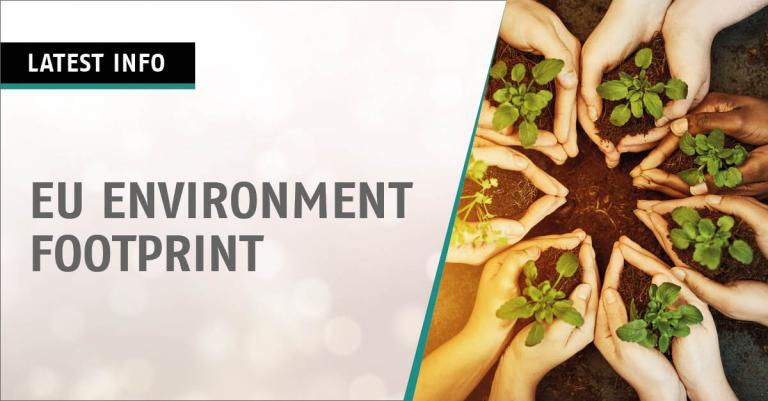EU Environment Footprint
The use of harmonized approaches to substantiate/validate environmental claims of products, services and organizations is key to inform decision-making, such as helping manufacturers improve the sustainability of their products and guiding consumer choice and investments. In 2013, the European Commission (EC) adopted recommendation (2013/179/EU) promoting the use of the environmental footprint methods (EF) as a common way to measure and communicate the life cycle environmental performance of products and organizations. The EF methods build upon well-established, internationally agreed standards and guidance documents, including the ISO 14040-44 standards, Greenhouse Gas Protocol, and PAS 2050:201. The recommendation was followed by a pilot phase (2013-2018) to test the development of product- and sector- specific calculation rules, verification approaches, and communication to stakeholders. Approximately 300 organizations (mainly industry) and 3000 stakeholders from different fields participated in the pilot phase, led by the EC Joint research Centre (JRC). In December 2021 the EC adopted a revised recommendation (EU 2021/2279) promoting the use of the EF methods to measure and communicate environmental performance of products and organizations in a reliable, verifiable, and comparable way. This recommendation integrated numerous technical and methodological developments from the pilot phase, such as the definition of ecotoxicological characterization factors based on REACH data.
The EF methods are based on Life Cycle Assessment (LCA), and thus consider all supply chain activities (from raw material extraction, through production and use, to end-of-life) to quantify the potential environmental impacts of products (goods or services) and organizations. In a nutshell, the EF methods consist of first compiling an inventory of material, energy and waste inputs and outputs and emissions into air, water and soil for the relevant product supply chain. Then, the potential environmental impacts associated with the resource inputs and emissions are evaluated across sixteen categories, including climate change, ecotoxicity, and human toxicity. Product and Organizational Environmental Footprint Category Rules (PEFCRs and OEFSRs, respectively) complement the general EF methods by setting specific data and methodological requirements for product categories or sectors.
The EF methods are currently in a so-called transition phase towards a possible integration into an EU sustainable product policy framework, as recommended in the Circular Economy Action plan. For example, the EF method was recently implemented to assess environmental sustainability aspects of products by the JRC and participating chemical companies who performed case studies on the application of Safe and Sustainable by design (SSbD) framework for chemicals and materials. During the EF transition phase, monitoring the implementation of existing PEFCRs and OEFSRs, development of new ones, and additional methodological updates are foreseen. The knoell LCA team would be happy to support you with applying the EF method to your products.

